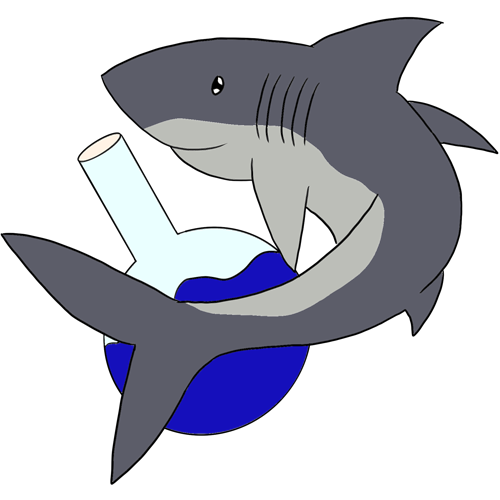Raising funds for anything can be a challenge but raising funds for a group of less than 30 people or a class that has no school district funding can be daunting. Having funds is vital for supporting the hands-on experiences that get students involved and excited about the marine world. Being able to be creative in getting money for our activities is truly one of the only ways we can even bring money in to do the fun and engaging things we do!

Why Is Funding the Answer?
While a club can be run on the joy and excitement of the students and staff involved, classrooms need funding to be able to make engaging content that the students remember and appreciate. Both clubs and classroom settings thrive on having funds. Things like aquarium supplies, water testing kits, and even field trips are costly. These hands-on learning tools are important in giving students practical experiences in marine science and help them to understand the ideas and concepts we talk about, but securing the funds to provide those resources is not simple.
Small Clubs and the Challenge of Fundraising

When you are a smaller, newer club, it becomes a challenge to determine the model of success for students to enjoy the club and get the most out of it. While many things can be donated, some things like field trips, t-shirts, etc. need some sort of monetary contribution, and it’s hard to ask all of that from a student. My club has no pay wall, no entry fee, because if you love the ocean, you should be able to enjoy it no matter what. We have tried many different methods of fundraising over the three years the club has been active. We have attempted to do candy grams or sell food but were always hit with red tape from the school district about when and how to sell food.
For our third year we ended up partnering with Barnes & Noble to do a bookfair. What’s great about things like the bookfair is we only have to advertise and if we’re really invested, hangout and chat with customers, the more customers spend and mention the club, the more we make! So, for our fundraiser weekend some of the club’s officers and I hung out and chatted about our club to customers and were able to fundraise some money for the club! We plan on partnering again this holiday season to wrap gifts and secure donations that way to help boost our funds and hopefully take these dedicated kids on an Eco Tour Boat trip!
Grant Writing: Lots of Opportunity with Lots of Competition
There are so many grants out there in the world when looking at science education, but there’s also lots of competitors. From as little as $100 to multiple thousands of dollars, there’s much to gain from grants.
Grant writing can be simple, but most cases it is multiple pages and budgets and breakdowns that can be daunting to write out. Southwest Florida Water Management District and Splash! Grant has been a funder for my classroom for the last few years, but unfortunately that is not a guarantee, and we did not get that funding again this year. Other grants like the Peace River Electric CO-OP teacher grant can be small but impactful, and large grants like the Tampa Bay Estuary Program can make a huge difference in funding a classroom and the field trips that would make the class even more enjoyable.
The process can be overwhelming and the rewards sparce, but when they happen, the impact is felt. The more you write and the better you get at writing them, the more chance you have at gaining those big-time funding pieces.
Every Little Bit Counts

Fundraising can be challenging, but in the end the rewards are worth the efforts. Education in itself is underfunded and needs to be recognized more, but in the meantime securing funding can be a way to show what is needed to bring in more in the future.
In the end, every dollar raised for class or club is a step closer to the shore, to the equipment, and to the experiences that make a difference in student learning and worth the time and heart ache and time involved.
